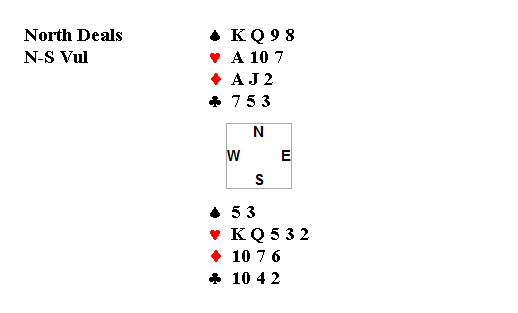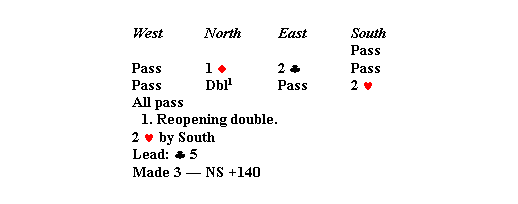The endplay form on this deal is called a throw-in (tenace throw-in play) where East is forced to lead away from a broken honor holding when put on lead (Trick 7) and has no safe exit without giving up a trick.

On this deal North/South play a conventional defense to 1 NT where a Double is a one-suited hand. South's hand is way too good (14 hcp, 6-losers and rebiddable club suit) to make a preemptive bid of 3 ♣. East/West play systems are on over a Double and so 2 ♥ is a transfer to 2 ♠. West's bid, takes North off the hook, and thus, South knows North does not have on-going values. South can fully define this hand by bidding 3 ♣. Some partnerships might double 3 ♣, but with East's club values of ♣ AQ10 sitting underneath South's values this would be a dangerous double.
The opening lead is the ♠ K, so how should South play this hand?































